Gear reviews are typically created to help consumers decide between products with similar specifications and price points. Accordingly, comparisons often focus on the nuances that exist between otherwise analogous products. That was obviously not the intent of this zany Nikon 35mm shoot off. This review grew from my desire to see how my recently acquired Nikonos V with its included W-Nikkor 35mm f/2.5 lens, which I picked up second hand for $200, stacked up against Nikon’s top-of-the-line 35mm film combo, the $2,500 Nikon F6 and $1,500 AF-S Nikkor 35mm f/1.4G.


The resulting shots ended up looking pretty similar, but image quality is only one consideration when selecting a camera/lens combo for a particular assignment. Ergonomics, ease of use, and durability are all critically important factors as well. I pitted an underwater rangefinder from the mid-1980s, mounted with a manual focus lens that was originally introduced in 1963, against Nikon’s flagship 35mm SLR outfitted with a 35mm prime lens from 2010 that includes features like Nano Crystal Coat and Silent Wave autofocus. This was never going to be a fair fight.

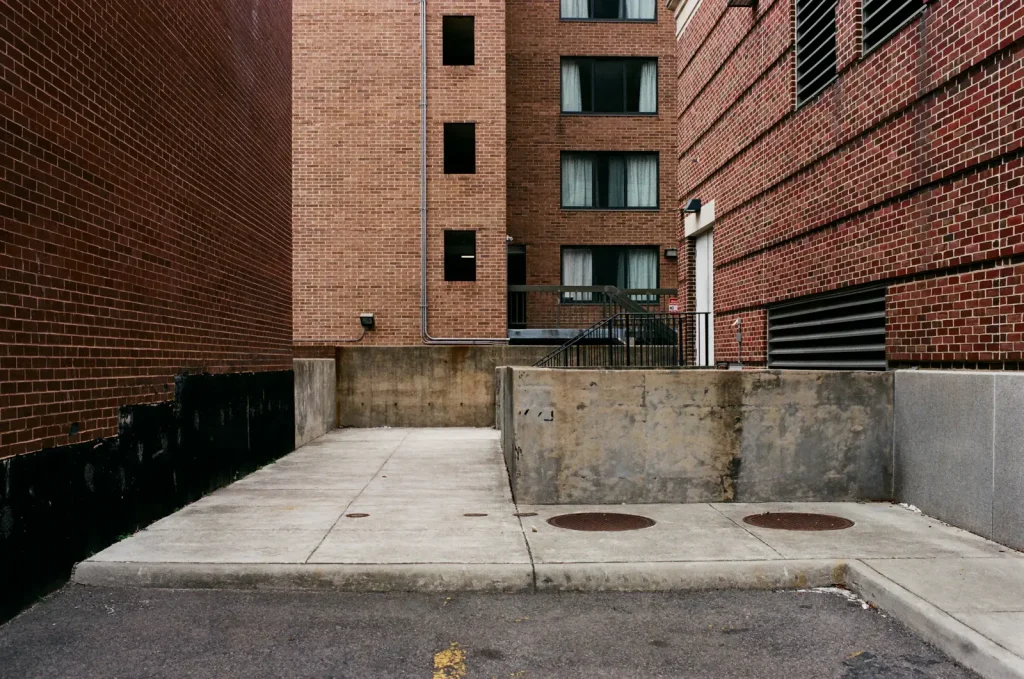
I expected the speed and handling of the F6 combo to far surpass the brick-like Nikonos V with its manual, distance-scale focus lens. I expected the bright SLR viewfinder to help me achieve more accurate compositions. I expected the faster AF-S lens to be sharper wide open. I got what I expected.
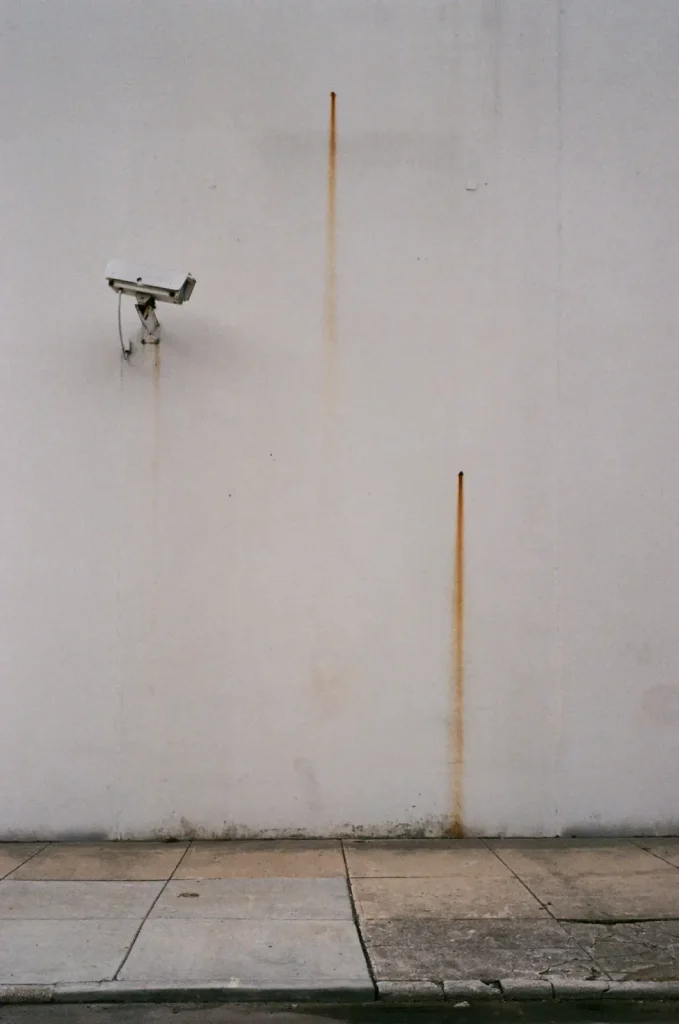
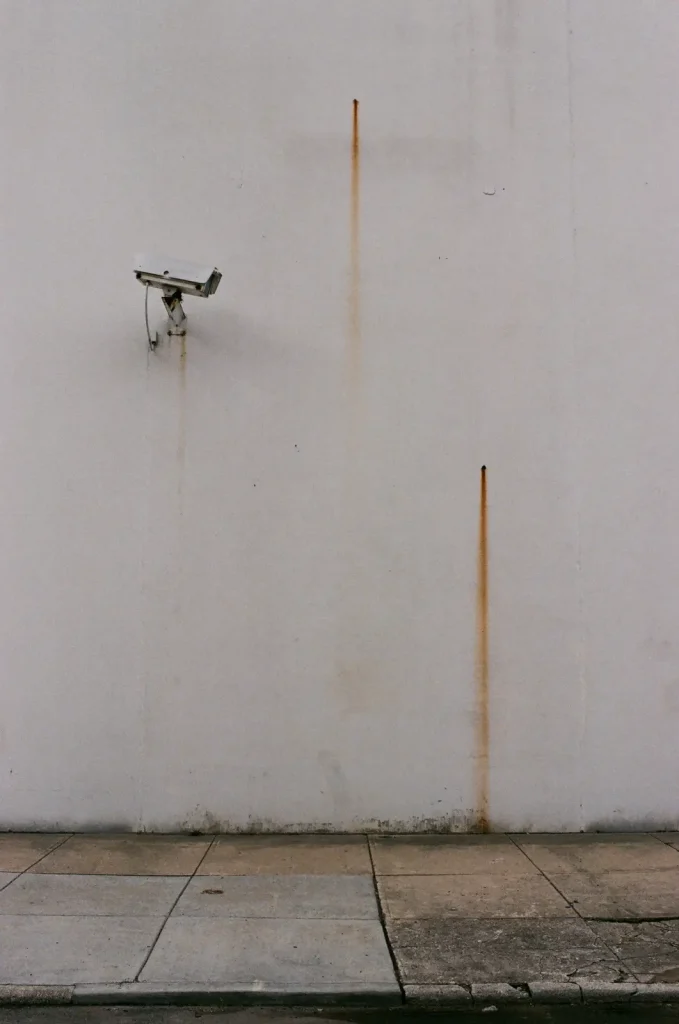
What I didn’t expect was how similarly the lenses performed when stopped down. I’m not just referring to sharpness and depth of field, differences that become negligible for most lenses when they’re shot at f/8 or smaller apertures. No, the real surprise was how similar color rendition, contrast, and distortion looked between these two lenses with very different optical formulas. The W-Nikkor 35mm lens, for being half a century older and 20 times less expensive than the “gold ring” AF-S lens, created results on par with its professional counterpart. I did find most shots from the F6 to be slightly warmer than those from the Nikonos V, which I suspect is a result of the Super Integrated Coating on one element of the AF-S lens.


I loaded both cameras with FUJIFILM Fujicolor C200 and shot them in aperture priority mode. With the exception of the hotdog vendor shots above, I selected the same apertures for each comparison shot and relied on each camera’s center weight meter to select the proper shutter speed. For the most part, all exposures ended up being within 1/3 stop of each other. This shoot off was definitely not a scientifically rigorous comparison, and it was never intended to be. It was simply a fun excuse to get out and take some pictures on film. But it also ended up reinforcing the notion that you don’t always need to spend a ton of money to make high-quality photographs.
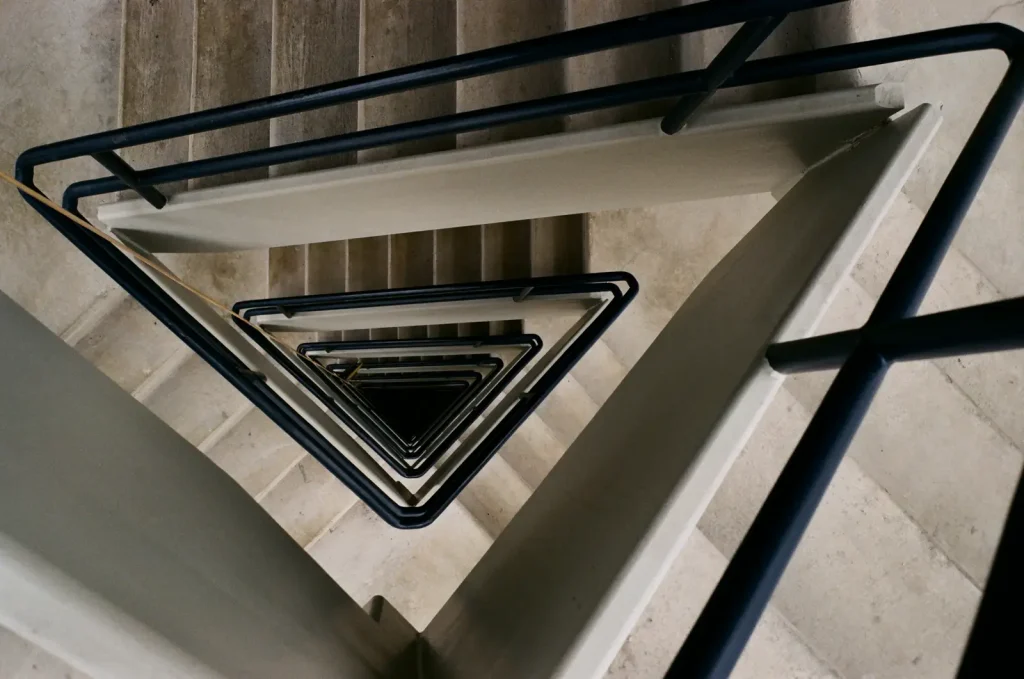
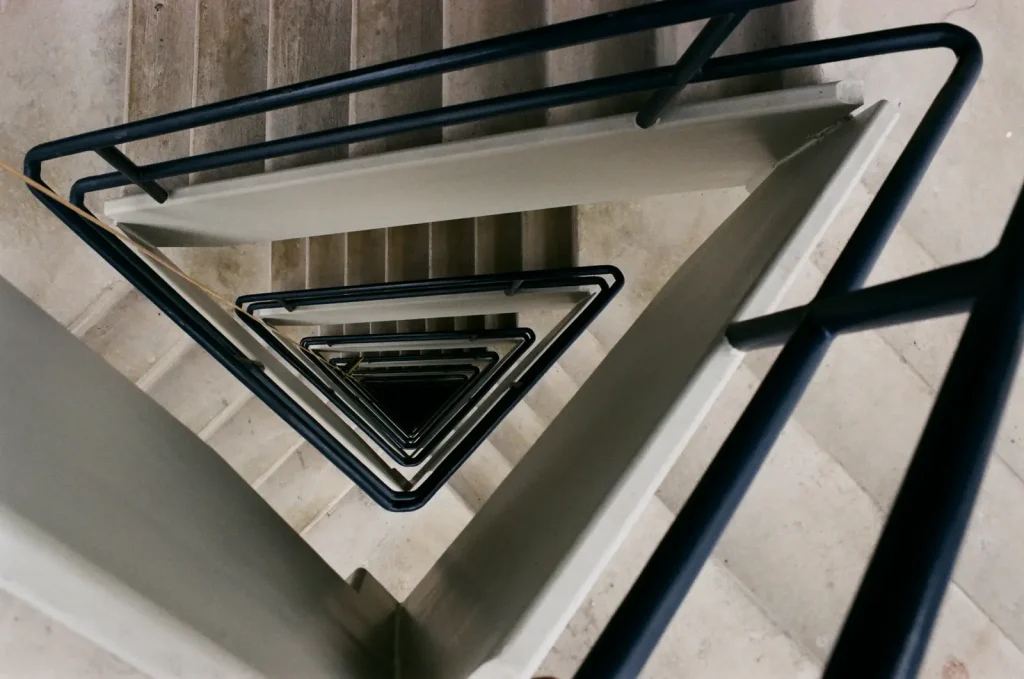
Street shooters on a budget who are happy with manual focus won’t find a more solid combo (literally and metaphorically) than the Nikonos V and W-Nikkor 35mm f/2.5. Not only can this fully waterproof rangefinder and lens be had for a fraction of the price of professional SLR gear, but they are also smaller and financially less painful to replace should they be lost or stolen. This makes the Nikonos V a particularly good choice for journalists and street shooters who are covering assignments in inclement weather or in other harsh and unpredictable environments.
Share this post:
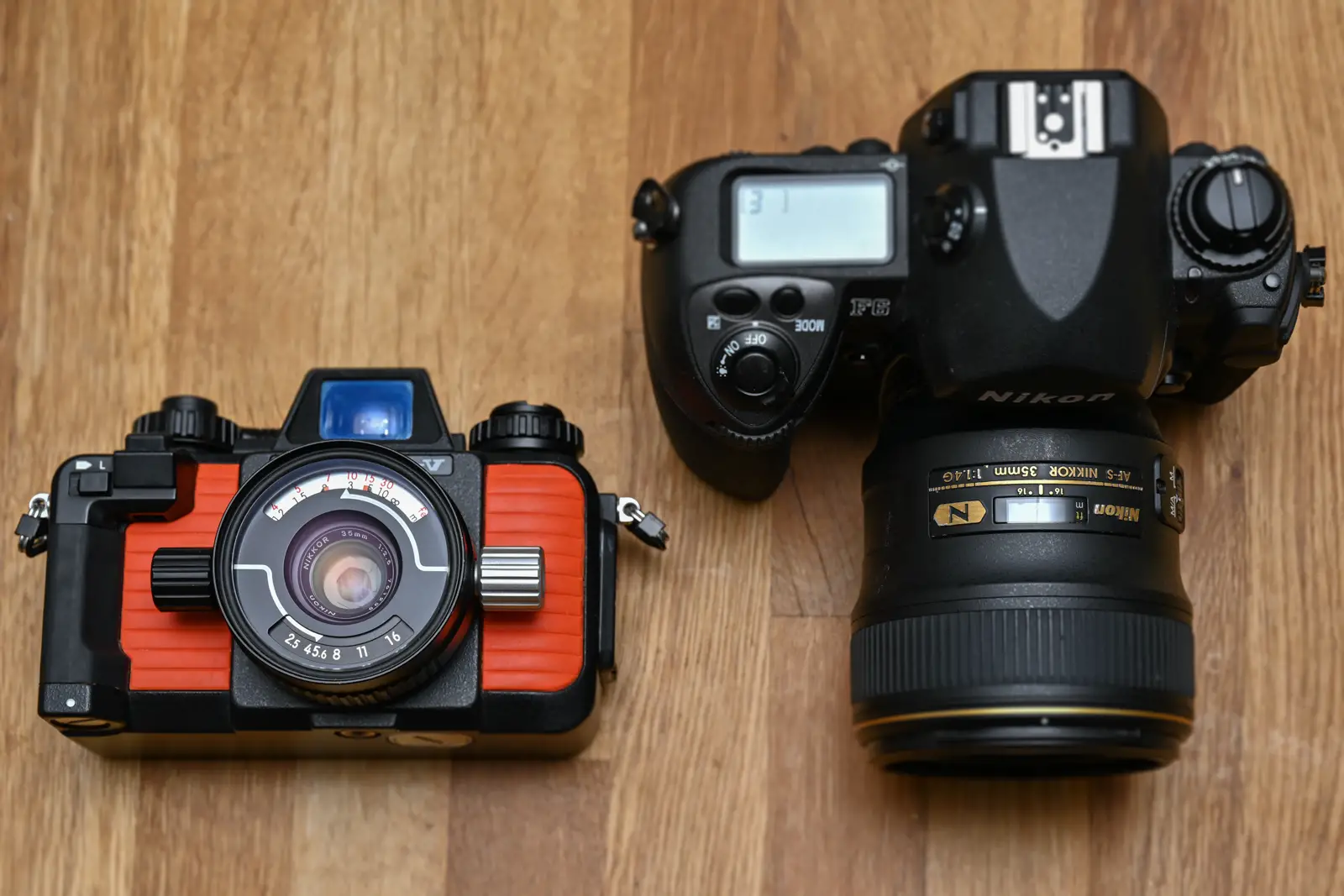








Comments
Pierre-Alix Favillier on Street shootout between Nikon 35mm camera/lens combos yields surprising results – By Isaac D. Pacheco
Comment posted: 22/01/2020
great article
Roger B. on Street shootout between Nikon 35mm camera/lens combos yields surprising results – By Isaac D. Pacheco
Comment posted: 22/01/2020
Kodachromeguy on Street shootout between Nikon 35mm camera/lens combos yields surprising results – By Isaac D. Pacheco
Comment posted: 22/01/2020
Gary Paudler on Street shootout between Nikon 35mm camera/lens combos yields surprising results – By Isaac D. Pacheco
Comment posted: 22/01/2020
I have a Nikonos V, which I bought new a long time ago just for diving, and 2 Nikonos 2s (the second one, just in case) And I love their simplicity and their feel of indestructibility.
The other "amphibious" lens - suitable below and above water - is an 80mm f4.
My V is also orange and feels flashy but the old 2s are a little smaller, lighter and less conspicuous and can be found very inexpensively.
eric on Street shootout between Nikon 35mm camera/lens combos yields surprising results – By Isaac D. Pacheco
Comment posted: 23/01/2020
By the way my reading is : Nikon provides wonderful gears !
We can not go wrong with Nikon.
Panos on Street shootout between Nikon 35mm camera/lens combos yields surprising results – By Isaac D. Pacheco
Comment posted: 23/01/2020
By the way, a tip I read somewhere a while ago: mount the lens upside down, so the marking are the wrong way up. They will be the right way up when you flip the camera up to change settings as it is hanging from your neck/shoulder.
Huss on Street shootout between Nikon 35mm camera/lens combos yields surprising results – By Isaac D. Pacheco
Comment posted: 23/01/2020
In matrix metering with print film I set the exp compensation at .5 and it helps.
The Nikonos V is fantastic! I have a green and orange one. I even bought a second 35mm lens that was a beater (something like $30 from KEH) that I removed the thick glass protective 'filter'. I wanted to see how this would reduce lens flare. And it does, so I use this lens in fair weather conditions when you don't need to care about water etc. FYI to take out that piece of glass all you have to do is remove the thick o-ring in the front of the lens.
I really think the Nikonos is the best street photography camera. Huge VF, AE and manual exposure, preset focus, really quiet as the heavy body muffles everything, and nothing out there is tougher.
The F6 is great. But I don't see any difference in the pics if I use that or my $20 N75 as they can use the exact same lenses.
Mark l on Street shootout between Nikon 35mm camera/lens combos yields surprising results – By Isaac D. Pacheco
Comment posted: 25/01/2020
Had lusted for an F6 for years, finally got one and hated it! Sold it and good riddance, it was twice the size of my F and F2a, stupidly complicated to no benefit.
Anthony Conroy on Street shootout between Nikon 35mm camera/lens combos yields surprising results – By Isaac D. Pacheco
Comment posted: 23/06/2020
he used which would have been helpful.
Imran Farooq on Street shootout between Nikon 35mm camera/lens combos yields surprising results – By Isaac D. Pacheco
Comment posted: 22/04/2024
Comment posted: 22/04/2024
Comment posted: 22/04/2024